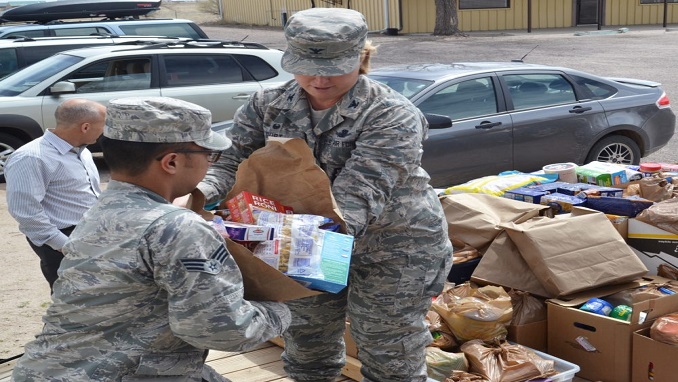
According to a new report from the RAND Corporation based on research requested by the Defense Department, more than a quarter of active-duty military personnel have experienced food insecurity in recent years.
The DoD commissioned the research after Congress mandated it in the 2020 National Defense Authorization Act to report on food insecurity among members of the armed forces and their dependents.
According to the report, 25.8% of Army, Air Force, Navy, Marine Corps, and Coast Guard personnel have faced some level of food insecurity, with more than half of that percentage – 15.4% – being active-duty troops.
These members were found to be disproportionately in the Army and – to a lesser extent- the Navy and were more likely to be single with children, married without children, or a racial or ethnic minority and early to mid-career enlisted personnel in grades E-4 to E-6.
Dr. Beth Asch, a senior economist at RAND and the lead author of the report, stressed that they were surprised at the estimates and the high rate of food insecurity among military personnel, adding that it needs to be better understood.
Asch said the estimate of around 25% of servicemen- which was virtually the same as the Defense Department’s 2020 estimate – is the most current assessment available and it is based on Pentagon data from 2016 and 2018 reports over the active-duty force, noting they were unable to include the 2020 report in their study.
Though there’s no singular definition of food insecurity, the U.S. Department of Agriculture (USDA) defines food security as “access by all people at all times to enough food for an active, healthy life”.
It measures food insecurity using a battery of 18 survey questions administered to a nationally representative group of Americans but also has a shorter, six-item version of the survey that has been adopted by DoD and included in the Status of Forces Survey of Active-Duty Members (SOFS-A) in 2018 and 2020.
Even though the short form does not have the same fidelity degree as the full survey, it has been found to identify food-insecure households with relatively low error. A respondent is classified as food insecure if he/she responds in the affirmative to two of the six questions.




Be the first to comment